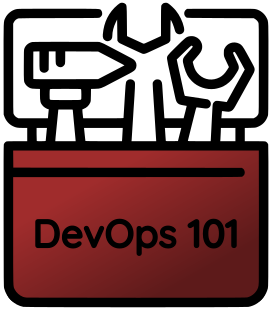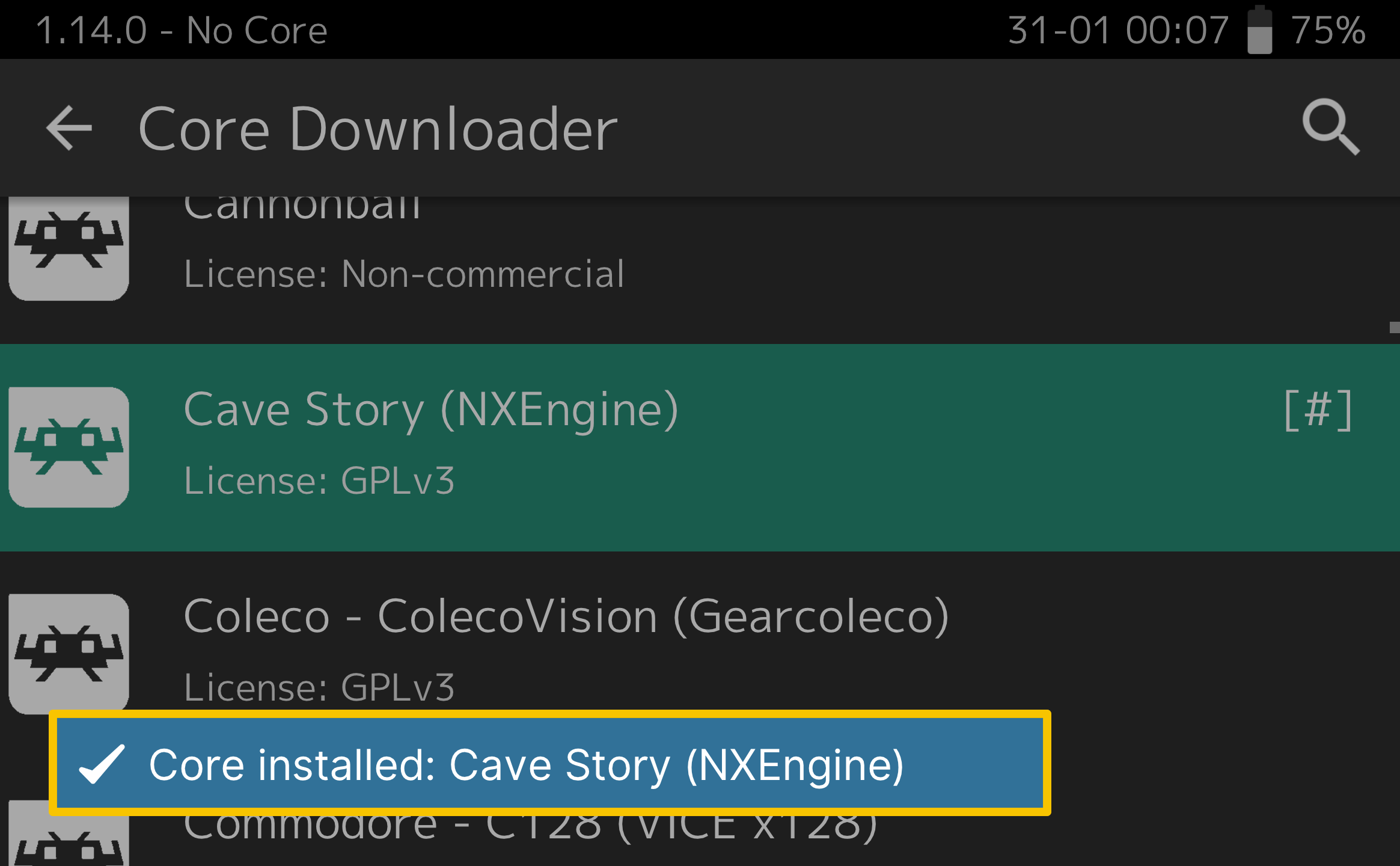
¡Descubre el fascinante mundo de la microelectrónica! Un viaje épico desde los fundamentos atómicos hasta los componentes más avanzados de la tecnología moderna.
Este no es solo otro curso de electrónica. Es tu puerta de entrada al futuro tecnológico, donde aprenderás desde la Ley de Moore hasta las técnicas más avanzadas de diagnóstico con medidores ESR. 2
Teoría + Laboratorio = Dominio Total 3
- 🧠 Teoría: Conceptos fundamentales que cambiarán tu perspectiva
- 🔬 Laboratorio: Prácticas reales con herramientas profesionales
- 🔧 Componentes: Desde discretos hasta SMD de última generación
- SMD Decoder: Decodifica resistencias, capacitores e inductores al instante 4
- Electrodoc: Tu calculadora universal de componentes 5
- All DataSheet: Acceso instantáneo a hojas de fabricante 6
- Lupa Digital: Convierte tu celular en un microscopio profesional 7
Domina las herramientas de inteligencia artificial más poderosas: 8
- ChatGPT, Copilot, Gemini, LuzIA, Claude
- Modelo Atómico: Comprende la base de todo 9
- 14 Tipos de Energía: Desde luz hasta radioactividad 10
- Ley de Ohm Masterclass: Domina V, I, R como un profesional 11
Conoce los secretos de: 12
- Conductores: Oro, Cobre, Aluminio
- Semiconductores: Silicio, Germanio, GaAs
- Superconductores: Carbono, Cadmio, Cromo
- Superaisladores: Tecnología de vanguardia
- Multímetros Inteligentes: Medición de precisión 13
- Herramientas Especializadas: Para celulares, potencia, vehículos 14
- Instrumentación Industrial: Equipos de nivel profesional 15
Los medidores ESR son la herramienta más poderosa para diagnóstico avanzado de componentes. 16
¿Por qué ESR es REVOLUCIONARIO?
- 🎯 Diagnóstico sin desoldadura: Mide componentes en circuito
- ⚡ Detección instantánea: Identifica fallas invisibles al multímetro
- 🔬 Precisión extrema: Capacitores, inductores, resistores
- 💡 Ahorro de tiempo: Diagnósticos en segundos, no horas
Aplicaciones ESR en el curso:
- Medición de capacitores sin riesgo eléctrico 17
- Análisis de inductores con precisión profesional 18
- Verificación de resistores sin interferencias 19
- Diagnóstico de diodos y semiconductores 20
- Discretos, SMD, Potencia, Industriales, Arrays 21
- Carta de Fallas Profesional: 7 tipos de fallas y sus causas 22
- Diodos: LEDs, Potencia, SMD, Equivalencias 26
- SCRs: Control de potencia profesional 27
- TRIACs: Conmutación AC avanzada 28
Domina los 6 enemigos de la electrónica: 29
- ⚡ Estática: Técnicas de descarga segura
- 🌡️ Temperatura: Control térmico profesional
- 💧 Humedad: Prevención de corrosión
- 🌪️ Polvo: Mantenimiento preventivo
- 📳 Vibraciones: Estabilidad mecánica
- 🦺 EPP: Equipos de protección personal
Aprende a interpretar los 5 tipos de documentación técnica: 30
- 📖 Manual de Usuario
- ⚙️ Manual de Operación
- 🛡️ Manual de Garantía
- 🔧 Manual de Servicio (L0, L1, Esquemáticos)
Este curso no solo te enseña electrónica, te convierte en un profesional. Con herramientas de IA, medidores ESR, y conocimiento desde el nivel atómico hasta sistemas complejos.
- Abre
index.htmlen tu navegador - Sumérgete en la experiencia interactiva
- Practica con herramientas reales
- Domina el diagnóstico ESR
🎓 Instructor: Luis Sanchez (@sanchezluys)
🛠️ Tecnología: reveal.js – Presentaciones interactivas de nivel profesional
📅 Versión: v1.0 2024
“La microelectrónica no es solo tecnología, es el lenguaje del futuro. ¡Aprende a hablarlo!”
 https://github.com/sanchezluys/Comfenalco_Microelectronica_Nivel_0
https://github.com/sanchezluys/Comfenalco_Microelectronica_Nivel_0








































